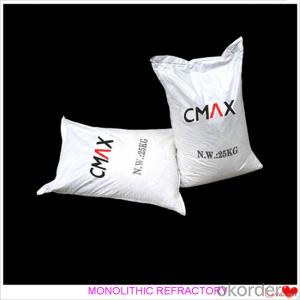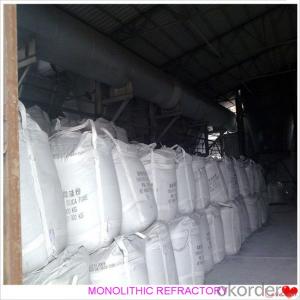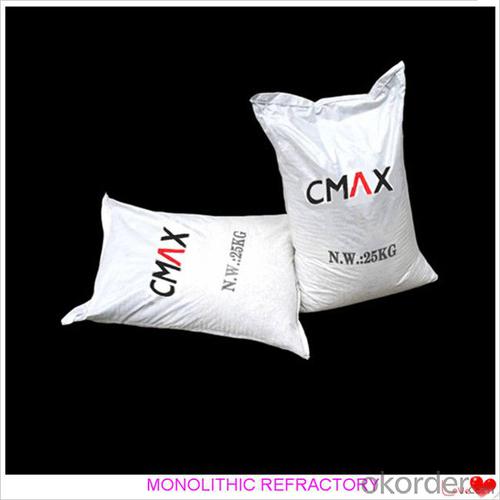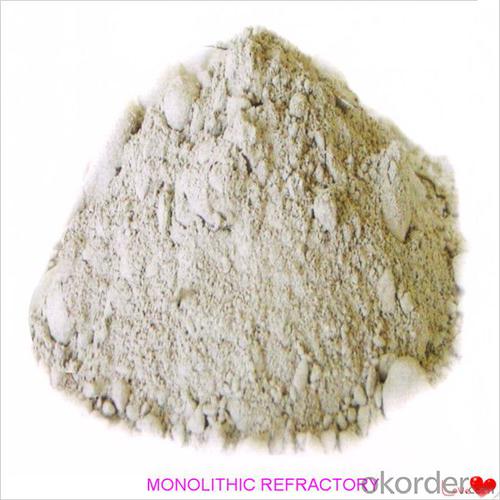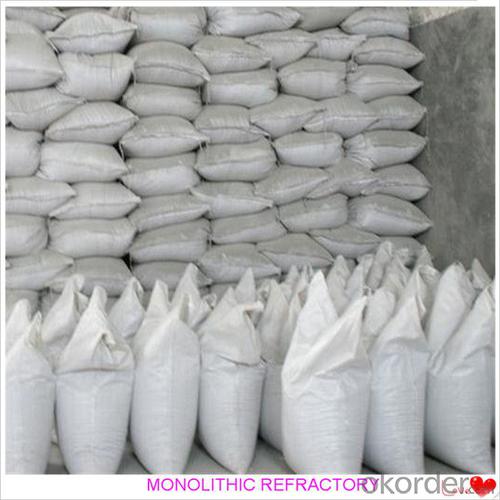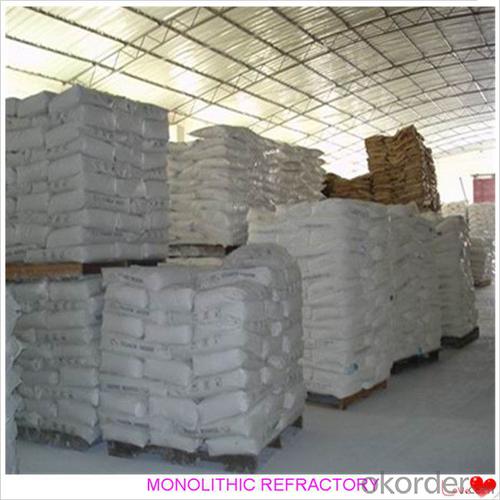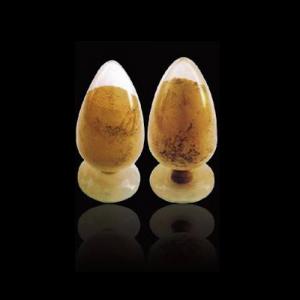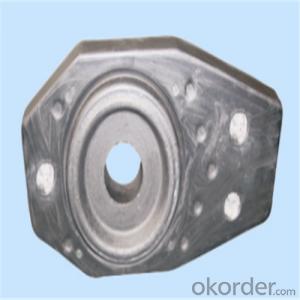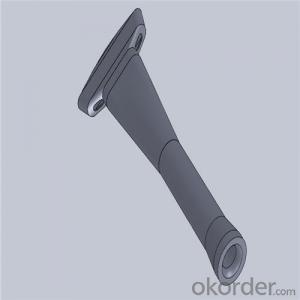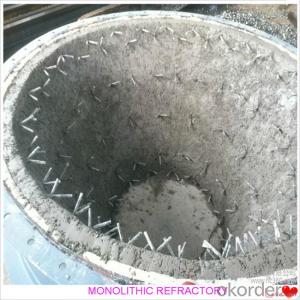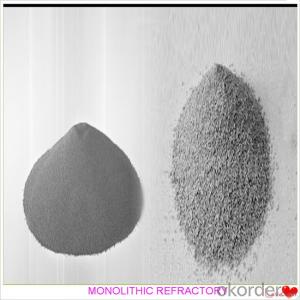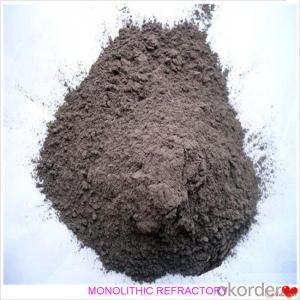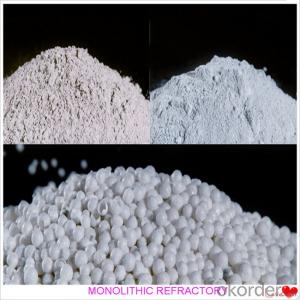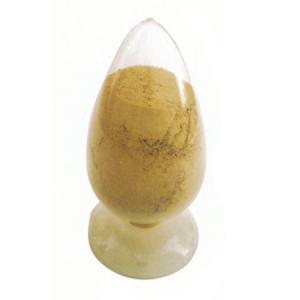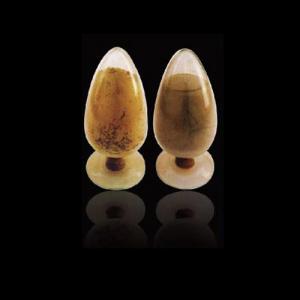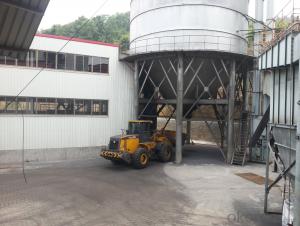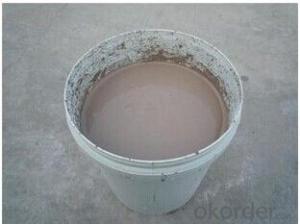Monolithic Refractories for Iron and Steel Industry - Insulating Castable for Fireside and Industrial Furnace
- Loading Port:
- China main port
- Payment Terms:
- TT OR LC
- Min Order Qty:
- 1000 kg
- Supply Capability:
- 3000000 kg/month
OKorder Service Pledge
OKorder Financial Service
You Might Also Like
Insulating Castable For Fireplace and Industrial Furnace in Iron and Steel
Product Description:
Insulating castable is manufactured according to international standards. The product is famous for its excellent abrasion resistance and low thermal conductivity. Further, these can be provided in different specifications as required by the clients. The Insulating castables are used high purity raw materials and additives as the main material, and made of under superfine powder adding technology.
Product Advantages:
The material has excellent structural stability and air tightness, and has high physical and chemical properties, also has a fine working ability.They should be used with the same material products.
Product Applications:
For feature of Insulating castable, they have excellent abrasion resistance, thermal shock resistance, high-temperature resistance, anti-corrode and have high intensity.
Designed for refractory lining of blast furnace iron and slag runners, skimmers and soon
They can be used in troughs of small and mid size BFs and in all positions of the troughs where fast tapping is required.
Product Specifications:
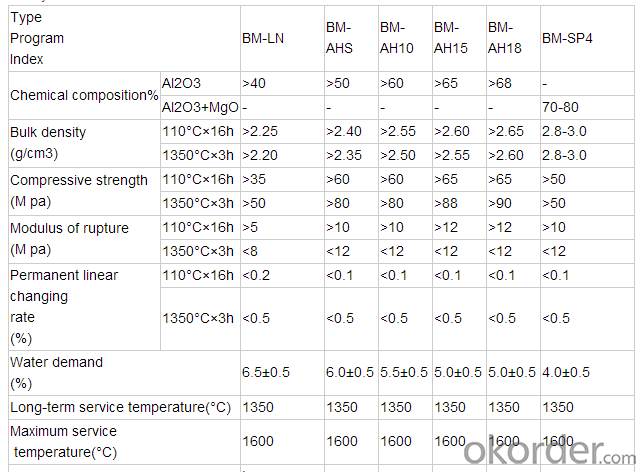
FAQ:
1. How you can control your quality?
For each production processing, we have complete QC system for the chemical composition
and Physical properties. After production, all the goods will be tested, and the quality certificate
will be shipped along with goods.
2. What's your delivery time?
It usually needs about 20days- 45 days after receiving the deposit.
3. Do you provide free samples?
Yes, we can provide a free sample for testing, If we have sample in stock,
The quantity based on the material type, The buyer should bear all the shipping costs.
4. What's your payment terms?
We can accept 30% deposit, 70% balance before shipment for ordrs over $ 2000.
5. Can we visit your Company?
Yes, certainly. You are very welcome to China and we will be honored to have a customer and friend.
Product Picture:
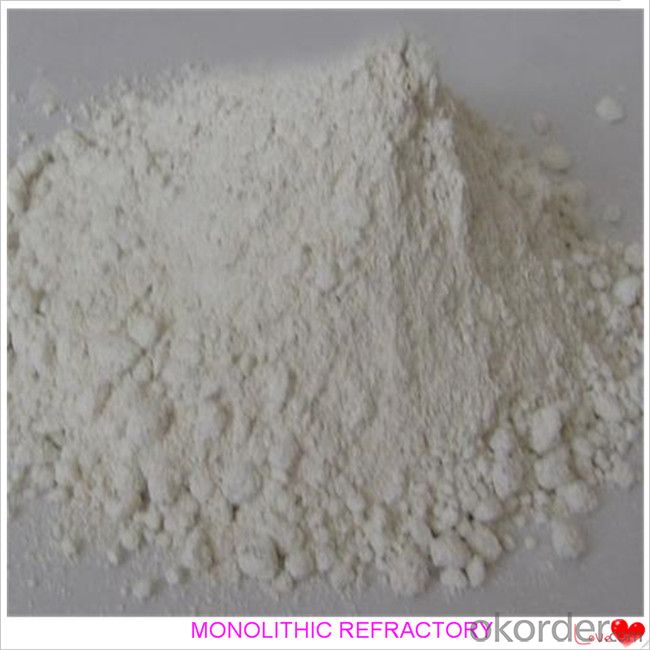
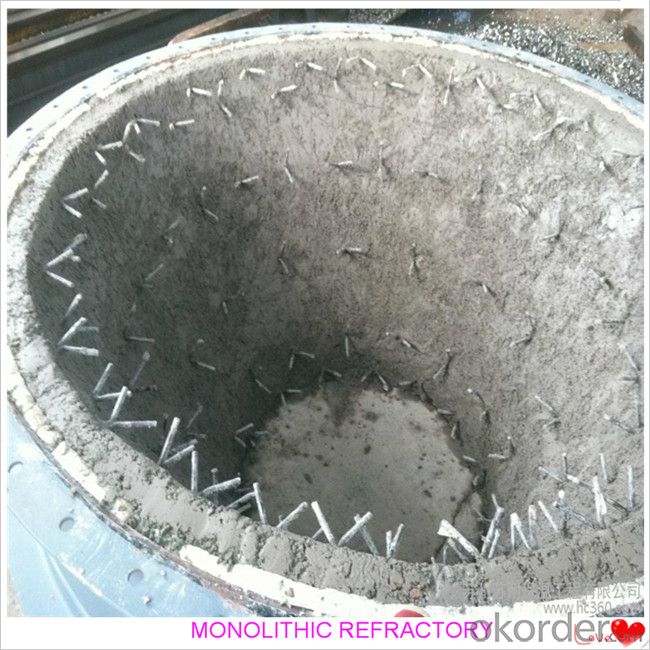
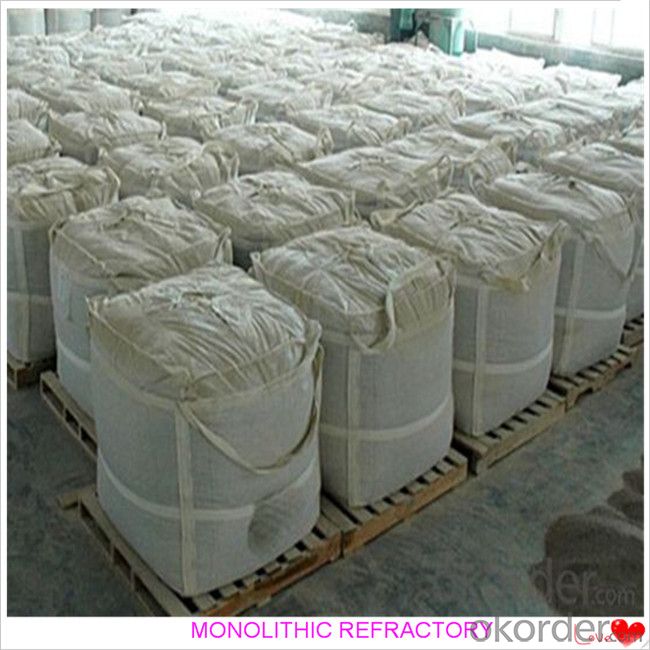
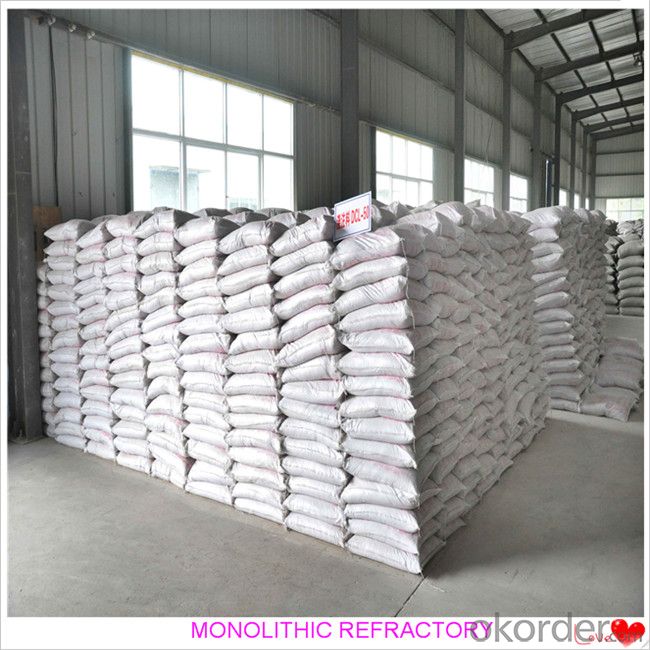
- Q: How are monolithic refractories different from traditional brick refractories?
- Monolithic refractories differ from traditional brick refractories in several ways. Firstly, monolithic refractories are made from a single, homogeneous material, while traditional brick refractories are made from individual bricks that are assembled together. This difference in construction allows monolithic refractories to have a more uniform and consistent structure, which can enhance their performance and durability. Secondly, monolithic refractories are typically easier to install compared to traditional brick refractories. Since they are made from a single material, they can be poured or sprayed into place, eliminating the need for precise bricklaying and mortar application. This ease of installation saves time and labor during construction or repair projects. Additionally, monolithic refractories often have superior thermal shock resistance compared to traditional brick refractories. The homogeneous structure of monolithic refractories allows them to expand and contract more uniformly under thermal stress, reducing the risk of cracking and failure. This makes monolithic refractories more suitable for applications where rapid temperature changes occur, such as in furnaces or kilns. Furthermore, monolithic refractories can offer better resistance to chemical attacks and erosion. Traditional brick refractories may have joints and gaps between bricks, which can become vulnerable to chemical reactions or erosion over time. Monolithic refractories, on the other hand, have a seamless structure that minimizes the risk of chemical penetration and erosion, enhancing their longevity and performance. Overall, monolithic refractories offer advantages in terms of uniformity, ease of installation, thermal shock resistance, and chemical resistance compared to traditional brick refractories. These differences make monolithic refractories a preferred choice for many industrial applications where high temperatures and harsh environments are present.
- Q: How do monolithic refractories perform in aluminum holding furnace applications?
- Monolithic refractories perform exceptionally well in aluminum holding furnace applications due to their high thermal conductivity, excellent resistance to thermal shock, and superior mechanical strength. They can withstand the extreme temperatures and harsh chemical environments found in these furnaces, ensuring long-lasting and efficient operations. Additionally, monolithic refractories offer easy installation and maintenance, making them a preferred choice in aluminum holding furnace applications.
- Q: How are monolithic refractories used in the repair and maintenance of ladle and tundish covers?
- Monolithic refractories are commonly used in the repair and maintenance of ladle and tundish covers due to their excellent thermal resistance and durability. Ladles and tundishes are crucial components in the steelmaking process, and their covers play a vital role in the containment of molten metal and the prevention of heat loss. When ladle and tundish covers are subjected to high temperatures and thermal cycling, they can experience wear and tear, leading to cracks, spalling, or even complete failure. This is where monolithic refractories come into play. Monolithic refractories are unshaped refractory materials that can be easily molded and applied to the damaged areas of ladle and tundish covers. They can be cast, gunned, or sprayed onto the surface, allowing for quick and efficient repairs. These refractories are typically composed of a matrix material, such as alumina, silica, or magnesia, along with various additives and bonding agents. The specific composition depends on the application requirements and the severity of the operating conditions. The repair process begins by identifying the damaged areas of the ladle or tundish cover. Any loose or damaged refractory material is removed, and the surface is prepared for the application of the monolithic refractory. This may involve cleaning, roughening, or even preheating the surface, depending on the specific requirements. The monolithic refractory is then mixed with water or a suitable binder to form a workable consistency. It is then applied to the damaged areas using the appropriate method, such as casting or spraying. After application, the refractory material is allowed to dry and cure, typically through a controlled heating process. Once cured, the monolithic refractory forms a strong and durable lining that can withstand the high temperatures, thermal cycling, and chemical reactions that occur during ladle and tundish operation. It provides excellent thermal insulation, preventing heat loss and reducing energy consumption. Furthermore, monolithic refractories offer superior resistance to slag, metal penetration, and erosion, ensuring extended service life for ladle and tundish covers. They also have good thermal shock resistance, allowing them to withstand rapid temperature changes without cracking or spalling. In summary, monolithic refractories are essential in the repair and maintenance of ladle and tundish covers due to their thermal resistance, durability, and ease of application. Their ability to withstand high temperatures, thermal cycling, and chemical reactions ensures the integrity and efficiency of ladle and tundish operations in the steelmaking industry.
- Q: What are the main applications of monolithic refractories in the iron and steel industry?
- Monolithic refractories are widely used in the iron and steel industry for various applications such as lining furnaces, ladles, and tundishes. They provide excellent thermal insulation, high resistance to thermal shock, and resistance to chemical reactions with molten metal. These refractories help in maintaining consistent temperature and reducing heat loss, thereby ensuring efficient and cost-effective production processes in the iron and steel industry.
- Q: How are monolithic refractories installed and repaired in iron and steel plants?
- Monolithic refractories are essential components in iron and steel plants, as they provide high-temperature resistance and insulation. They are commonly used in various applications, such as lining furnaces, ladles, and other equipment that come into contact with molten metal. The installation of monolithic refractories in iron and steel plants typically involves several steps. First, the surface that will receive the refractory material must be prepared by removing any existing refractories or contaminants. This can be done through mechanical methods, such as sandblasting, or chemical cleaning processes. Next, the monolithic refractory material is mixed with water or a suitable binder to form a workable consistency. This mixture is then applied to the prepared surface using various techniques, such as gunning, casting, or troweling. Gunning involves using a high-pressure gun to spray the refractory material onto the surface, while casting involves pouring the mixture into a mold. Troweling is a manual method that involves spreading the refractory material with a trowel. Once the refractory material is applied, it needs to be properly cured or dried. This is usually achieved by allowing the material to air dry or by using controlled heating. The curing process is crucial to ensure the refractory material develops the desired properties, such as strength and resistance to thermal shock. In terms of repairs, monolithic refractories in iron and steel plants can deteriorate over time due to the harsh operating conditions. When repairs are needed, damaged or worn-out areas of the refractory lining must be identified. This can be done through visual inspection or non-destructive testing techniques. The repair process typically involves removing the damaged refractory material by chipping, drilling, or cutting. The surface is then prepared as mentioned earlier, and a new batch of monolithic refractory material is applied to restore the lining. The repair material should be compatible with the existing lining and provide similar properties to ensure the overall integrity of the refractory structure. It is important to note that the installation and repair of monolithic refractories in iron and steel plants require skilled personnel with knowledge of refractory materials and installation techniques. Additionally, proper safety measures should be followed to protect workers from potential hazards, such as exposure to high temperatures, dust, and chemicals. Regular inspection and maintenance are also crucial to identify any potential issues early on and prevent major failures that could impact production and safety.
- Q: What are the key properties of monolithic refractories?
- Monolithic refractories, which lack a definite form like bricks or tiles, are a type of refractory material. They are typically composed of a mixture of aggregates, binders, and additives that can be easily molded and installed in various industrial applications. The main characteristics of monolithic refractories include: 1. Exceptional heat resistance: Designed to endure extremely high temperatures, monolithic refractories are suitable for industries such as steel, cement, glass, and petrochemicals. They can maintain their strength and structural integrity even at temperatures exceeding 3000 degrees Fahrenheit. 2. Ability to withstand thermal shock: Monolithic refractories possess the capacity to resist sudden temperature changes, which can cause cracking or damage to the refractory. This property is crucial in environments where rapid heating or cooling occurs, such as furnaces or kilns. 3. Resistance to chemical attack: Monolithic refractories display excellent resistance to corrosion from molten metals, slag, gases, and other harsh substances. This makes them ideal for environments where contact with acidic or alkaline materials is common. 4. Low porosity: Monolithic refractories have low porosity, meaning they have a high density and are less permeable to gases and liquids. This property ensures that molten metals or corrosive substances cannot easily penetrate the refractory, contributing to its longevity and performance. 5. Easy installation and repair: Unlike traditional refractory materials like bricks, monolithic refractories can be easily molded and installed in various shapes and sizes. They can be applied using techniques such as spraying, casting, or ramming, allowing for faster installation and reduced downtime. Additionally, if any damage occurs, they can be easily repaired or patched. 6. Strong mechanical strength: Monolithic refractories possess sufficient mechanical strength to endure the stresses and pressures encountered during their service life. This guarantees their structural integrity, even under high load conditions. Overall, the versatile and reliable properties of monolithic refractories make them an excellent choice for a wide range of industrial applications that require resistance to high temperatures, chemicals, and thermal shock.
- Q: What are the specific requirements of monolithic refractories for ladle purging applications?
- The specific requirements of monolithic refractories for ladle purging applications include high thermal shock resistance, excellent erosion resistance, good slag resistance, and low porosity. Thermal shock resistance is crucial in ladle purging applications as the refractory material needs to withstand rapid temperature changes without cracking or spalling. This is particularly important during ladle purging, where the ladle is exposed to high temperatures during molten metal pouring and then quickly cooled down during purging. Erosion resistance is another important requirement for monolithic refractories in ladle purging applications. The refractory material should be able to withstand the erosive action of molten metal streams and metalloids during purging. It should have a high resistance to chemical attack, preventing the material from deteriorating or eroding away. Slag resistance is also necessary for monolithic refractories used in ladle purging. The refractory material should have good resistance to the corrosive effects of slag, which can be present in ladles during purging. Slag can cause chemical reactions that can degrade the refractory material, leading to premature failure. Low porosity is an essential requirement for monolithic refractories in ladle purging applications. Low porosity ensures that the refractory material is impermeable to molten metal, preventing it from infiltrating the material and causing damage. This also helps to maintain the integrity and performance of the refractory lining during ladle purging. Overall, monolithic refractories for ladle purging applications need to exhibit high thermal shock resistance, excellent erosion resistance, good slag resistance, and low porosity to ensure the durability and longevity of the refractory lining in ladles during purging operations.
- Q: What are the key properties and characteristics of monolithic refractories?
- Monolithic refractories are a type of refractory material that is manufactured in a single piece or mass, unlike traditional refractory bricks or shapes. The key properties and characteristics of monolithic refractories include their high heat resistance, excellent thermal conductivity, and ability to withstand extreme temperatures and thermal shocks. They also have good chemical resistance, which makes them suitable for use in various industrial applications. Additionally, monolithic refractories offer ease of installation and repair due to their flexibility and ability to conform to different shapes and structures.
- Q: How do monolithic refractories contribute to the overall efficiency of ladle cleaning operations?
- Enhancing the overall efficiency of ladle cleaning operations is a crucial role played by monolithic refractories. Composed of a single, homogeneous structure, these refractory materials offer several key advantages that contribute to improved efficiency. To begin with, monolithic refractories possess exceptional thermal insulation properties. This means they can withstand high temperatures without cracking or deteriorating, thereby allowing for more efficient and effective ladle cleaning operations. By consistently maintaining a specific temperature, these refractories minimize heat loss and ensure uninterrupted and timely completion of the cleaning process. Furthermore, monolithic refractories exhibit high resistance to chemical attacks. In steelmaking processes, ladles often come into contact with aggressive molten metals and slag that can erode and corrode the refractory lining. However, monolithic refractories are designed specifically to endure these harsh conditions, providing a longer service life and reducing the need for frequent repairs or replacements. This not only saves time but also reduces the overall cost of ladle maintenance. In addition, monolithic refractories possess excellent flowability and workability. They can be easily shaped and installed in the ladle lining, enabling quick and precise application. This ease of installation results in shorter downtime during ladle cleaning operations, as the refractory lining can be swiftly repaired or replaced. Moreover, the flowability of monolithic refractories ensures better coverage and adherence to the ladle's surface, leaving no gaps or weak points. This enhances the overall effectiveness of the cleaning process and prevents potential contamination or reactivity issues. In conclusion, monolithic refractories significantly contribute to the overall efficiency of ladle cleaning operations by providing exceptional thermal insulation, high resistance to chemical attacks, and easy workability. These properties lead to reduced downtime, increased durability, and cost savings, making monolithic refractories a vital component in optimizing ladle cleaning processes.
- Q: What are the main factors affecting the erosion resistance of monolithic refractories?
- Several key factors influence the erosion resistance of monolithic refractories. These factors encompass the chemical composition of the refractory material, the microstructure of the material, the temperature and environment in which it is utilized, and the mechanical properties of the material. The erosion resistance of monolithic refractories heavily relies on the chemical composition. The inclusion of specific chemical elements and compounds can enhance the refractory's resistance to erosion, while others may render it more susceptible. For instance, the addition of alumina (Al2O3) to the refractory composition can augment its erosion resistance by forming a protective layer on the surface. Conversely, the presence of impurities or excessive amounts of certain elements can weaken the refractory and heighten its susceptibility to erosion. The microstructure of the monolithic refractory is another critical factor affecting erosion resistance. The microstructure denotes the arrangement and distribution of particles within the refractory. A well-structured microstructure with a uniform particle distribution can provide superior erosion resistance as it ensures an even distribution of load when exposed to erosive forces. Conversely, a poorly structured microstructure with particle clusters or weak bonding may result in localized erosion and failure. Erosion resistance is significantly influenced by the temperature and environment in which the refractory is employed. High temperatures can induce thermal stresses, chemical reactions, and phase changes in the refractory material, all of which impact its erosion resistance. Additionally, the presence of corrosive gases, liquids, or slags can expedite erosion by promoting chemical reactions or attacking the refractory material, leading to its deterioration. Lastly, the mechanical properties of the monolithic refractory, including strength, hardness, and toughness, contribute to erosion resistance. A refractory with higher mechanical strength and hardness can withstand erosive forces more effectively than a weaker material. Similarly, increased toughness aids in the refractory's resistance to cracking or spalling when subjected to impact or thermal shock, reducing its vulnerability to erosion. To summarize, the erosion resistance of monolithic refractories is influenced by the chemical composition, microstructure, temperature and environment, and mechanical properties of the material. Understanding and optimizing these factors can facilitate the development of refractories with enhanced erosion resistance for diverse industrial applications.
Send your message to us
Monolithic Refractories for Iron and Steel Industry - Insulating Castable for Fireside and Industrial Furnace
- Loading Port:
- China main port
- Payment Terms:
- TT OR LC
- Min Order Qty:
- 1000 kg
- Supply Capability:
- 3000000 kg/month
OKorder Service Pledge
OKorder Financial Service
Similar products
Hot products
Hot Searches
Related keywords

